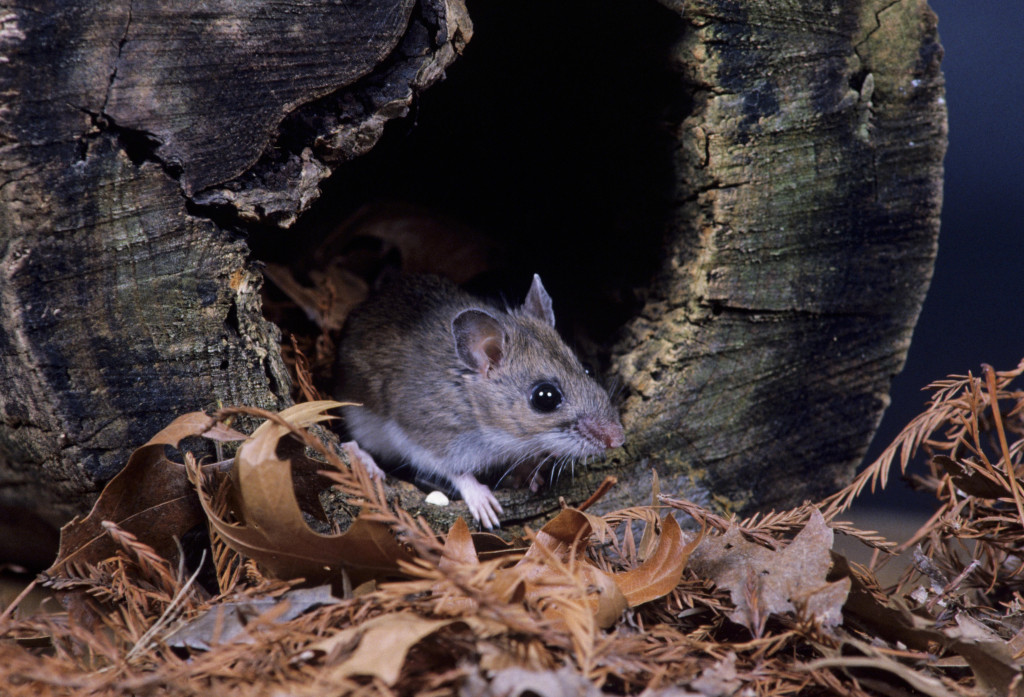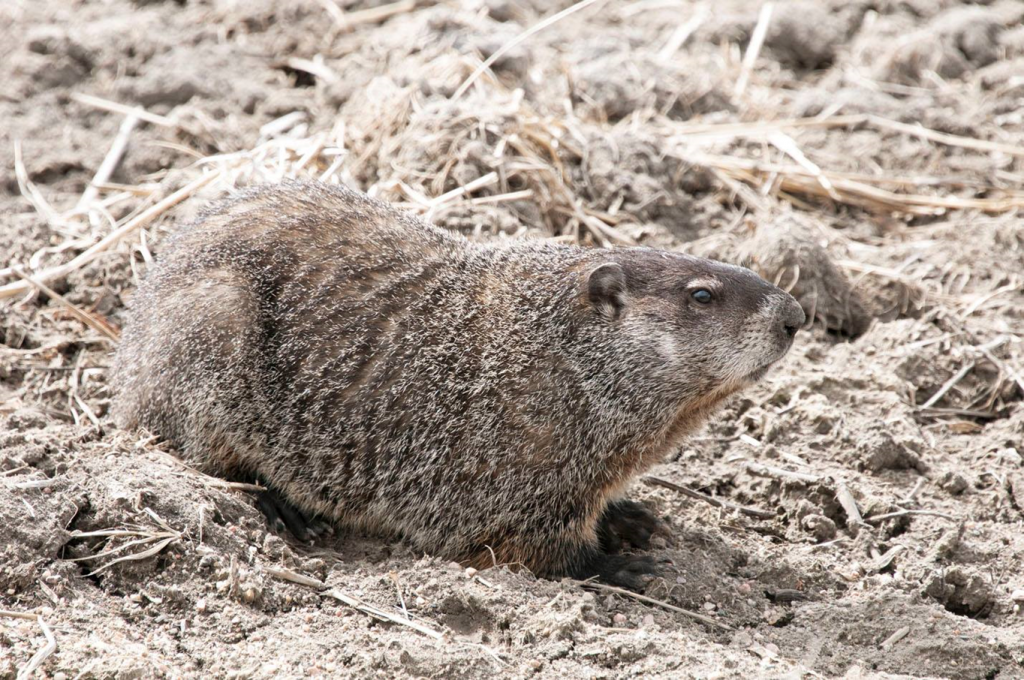
By Amber Schiltz, Wildlife Educator
Dirt, soil, ground, outer crust layer — we walk, skip and drive on top of it every day without giving it much thought. Humans and most animals we know spend their lives above it, under blue skies and the light of the sun, in the wide-open space we call home above ground. But life doesn’t stop at the ground surface. There’s a whole world of nature found below. Let’s dive into this underground world and learn more about the animals that navigate this realm beneath our feet.
Body & Head Shape
Creatures that are adapted to living underground are known as fossorial animals. They’ve evolved to navigate life underground in many different ways, including through physical adaptations, such as changes to their bodies, and behavioral adaptations, such as changes in the way they behave.
What does a mole and a worm have in common? Think about the shape of their heads and their bodies. Both their heads seem a bit pointy and then get wider like the shape of a cone. Creatures that spend most of their time underground have the challenge of moving through the soil, which is a lot harder to move through than the air above the surface. Many creatures have gotten better at this skill by evolving a shorter neck, a pointed head and cone-shaped body.
Compare a shrew to a field mouse. Both small mammals look similar in size and color. However, the shrew has a pointy nose and narrow head compared to the rounder field mouse. Which one do you think is better suited to live underground?
Eyes & Ears
Above the ground, the world is full of light, color and sounds. Eyesight and good hearing are excellent senses that are very helpful for life above the surface. Living under the surface is a different story. Life underground is dark, damp, a lot less colorful, and because of the packed soil, sound does not travel through the ground as well as through air. Excellent eyesight and hearing are less helpful underground, and because of this, many fossorial creatures have reduced eyesight and hearing.
Compare a pocket gopher to a woodchuck. Both rodents look similar in size and color. However, the pocket gopher has tiny eyes compared to the woodchuck.

Built-in Digging Tools
A life underground is a life working your way through the soil to find your food or build your shelter. To do this well, animals need to be equipped with tools for digging. Fossorial animals have evolved to possess the strength and capabilities to make them world-class diggers.
Some animals, such as the hog-nosed snake or armadillo, have a strong pointy and upturned nose that they use to dig or root through the soil looking for tasty treats. Others, such as the pocket gopher, use their large front teeth to dig through roots and dirt. Unlike the lengthier and slender legs of aboveground creatures that are built for speed, most fossorial animals have legs that are shorter and wider, with paws equipped with long, strong claws.
To help you see this, take a look at a badger compared to a bobcat. Both predators are similar in weight and color. However, the legs and claws of each are different. Which animal is the bigger digger?
Next time you’re walking outside and you notice signs of life aboveground, think about how that life is adapted to move freely through the air, in a world of sunshine, color and open space. Then consider the creatures who’ve adapted to making their homes below the surface, and remember there’s an entire world of life right underneath our feet!
